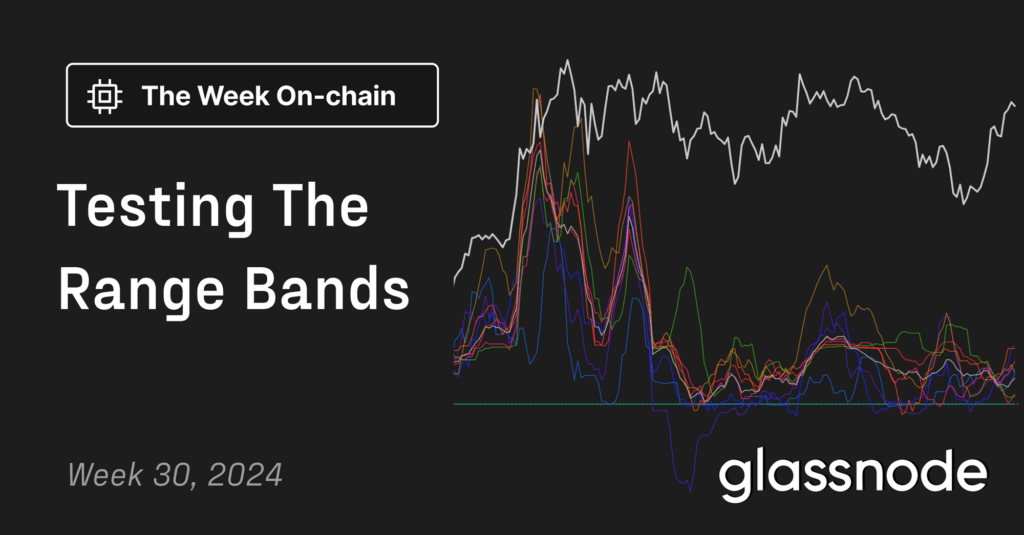Research Summary
The report details the author’s experiences with kitesurfing and draws analogies to the current economic and monetary conditions in the U.S. It highlights the challenges faced by the Federal Reserve in controlling both the quantity and price of money, comparing the situation to the 1980s. The report emphasizes the differences in economic conditions between then and now, particularly the U.S. debt profile. It also explores the impact of the Fed’s actions on interest payments, monetary conditions, and consumption patterns, arguing that current efforts may be counterproductive.
Key Takeaways
The Author’s Kitesurfing Experience as an Economic Analogy
- Struggle with Control: The author’s struggle with kitesurfing is likened to the Federal Reserve’s challenge in controlling both the quantity and price of money.
- Learning Curve: Just as the author faced a steep learning curve in kitesurfing, the Fed faces a complex task in navigating the current economic landscape.
- Environmental Factors: The report emphasizes how different conditions require different approaches, both in kitesurfing and in economic policy.
Comparison Between the Economic Conditions of the 1980s and Today
- Different Debt Profiles: The U.S. debt-to-GDP ratio was 30% in 1980 compared to 118% today, making the current situation more complex.
- Interest Rate Challenges: The report highlights how raising interest rates now has different implications due to the current debt profile.
- Historical Context: The analysis underscores the importance of understanding historical context when applying economic policies.
Impact of the Federal Reserve’s Actions on the Economy
- Counterproductive Efforts: The report argues that the Fed’s current policy of raising rates and reducing its balance sheet may be achieving the opposite effect.
- Rich Asset Holders Benefit: The analysis shows how the Fed’s actions may be benefiting rich asset holders rather than cooling inflation.
- Complex Dynamics: The report explores the intricate dynamics of how the Fed’s actions impact various aspects of the economy, including interest payments and consumption patterns.
Consumer Behavior and Inflation
- Goods vs. Services: The report examines how different income groups spend money, with rich people spending more on services, affecting inflation measures.
- COVID-19 Impact: The analysis looks at how COVID stimulus payments influenced spending patterns and inflation.
- Changing Consumption Patterns: The report highlights the shift in consumption from goods to services and its impact on inflation.
The Federal Reserve’s Focus on “Super Core” Inflation
- Targeting Specific Inflation: The report discusses the Fed’s focus on a specific measure of inflation related to services.
- Challenges in Reducing Inflation: The analysis highlights the difficulties in reducing this measure of inflation given current monetary policies.
- Impact on Consumer Behavior: The report explores how the Fed’s actions may be influencing consumer behavior, particularly among the wealthy.
Actionable Insights
- Reevaluate Monetary Policy: The report suggests that the Federal Reserve needs to carefully assess its current approach to controlling both the quantity and price of money, as it may be counterproductive.
- Consider Historical Context: Policymakers should consider the historical context and recognize that the economic conditions of today are markedly different from the 1980s.
- Understand Consumption Patterns: Understanding the shift in consumption patterns from goods to services and its impact on inflation is vital for effective policy formulation.
- Address Wealth Disparities: The report highlights the need to consider how monetary policies disproportionately benefit rich asset holders, and this issue needs to be addressed.
- Focus on Targeted Inflation Measures: The Federal Reserve’s focus on specific inflation measures, such as “super core” inflation, requires careful consideration and understanding of its implications on the broader economy.












